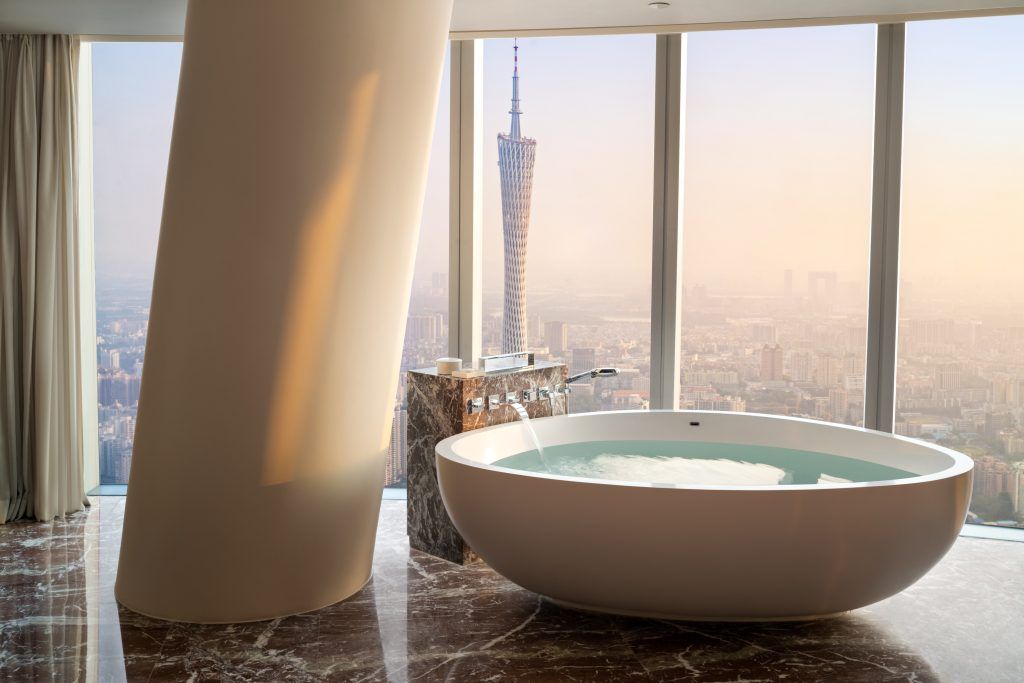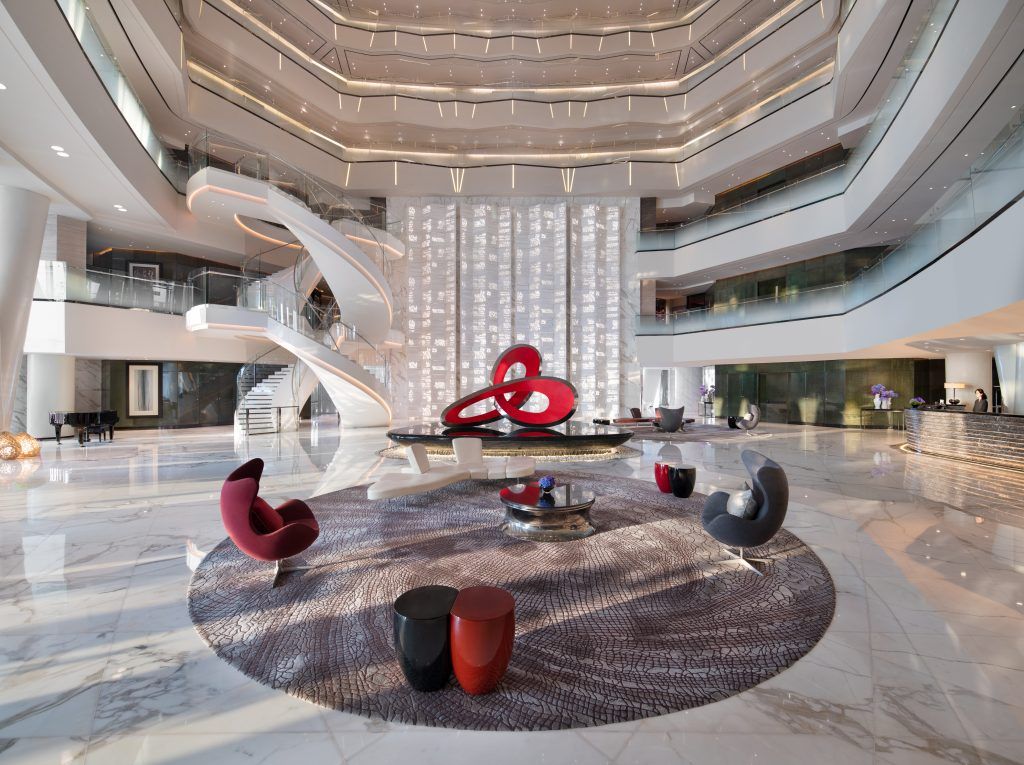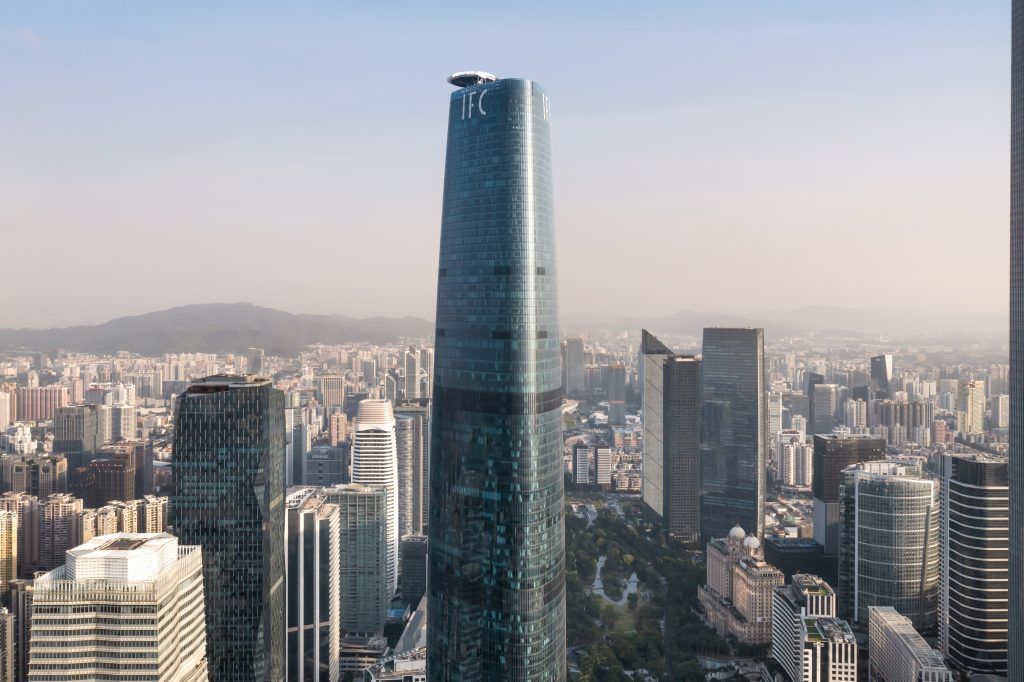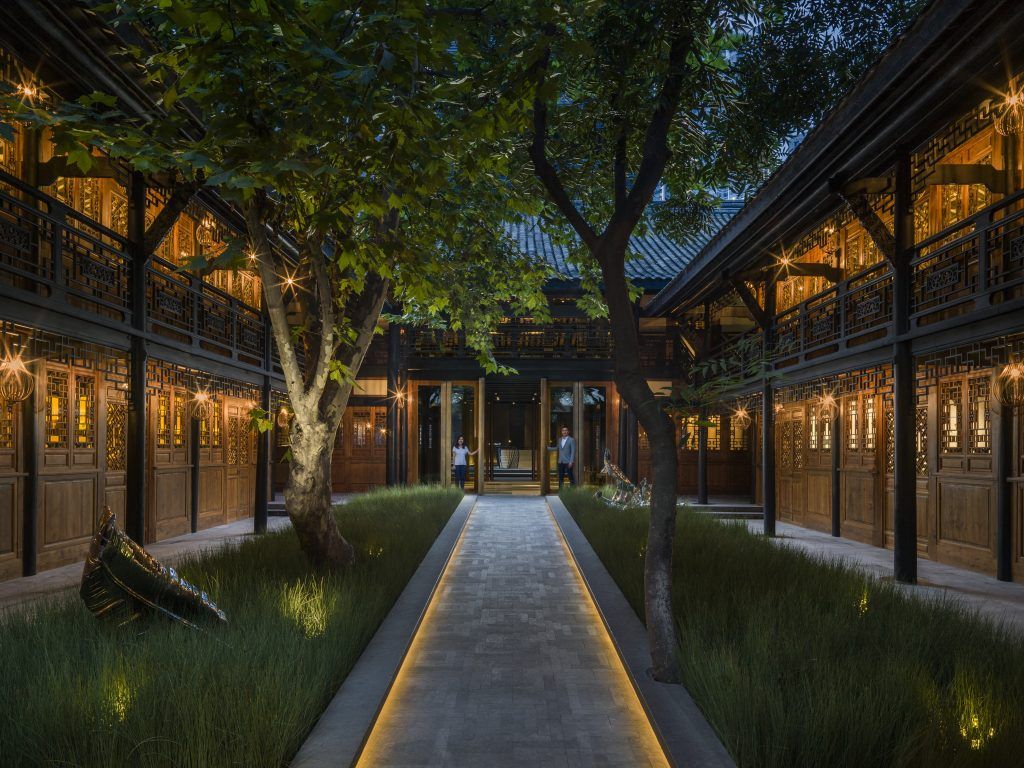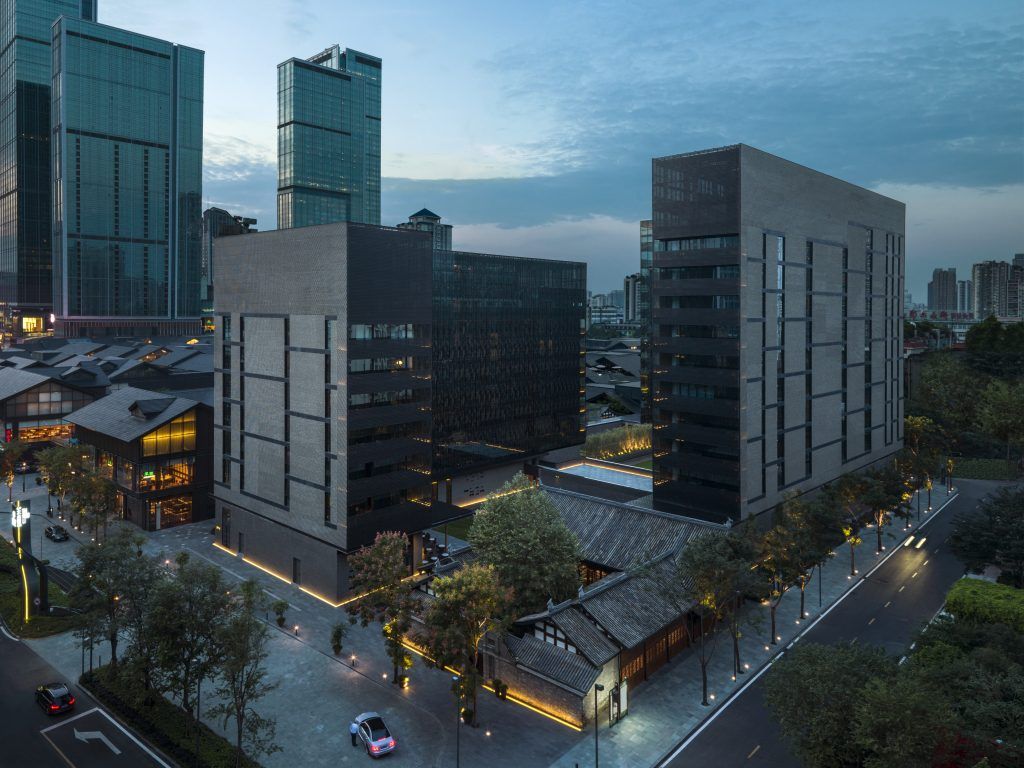For decades, international tourism in China was dominated by the imperial grandeur of Beijing and the cosmopolitan allure of Shanghai. However, the nation’s tourism narrative is undergoing a significant transformation. Emerging cities like Fujian, Dalian, and Guangzhou are capturing international attention, signalling a broader diversification of China’s travel appeal.
As China continues to implement policies aimed at revitalising its tourism sector, the focus is shifting toward promoting a broader range of destinations. Cities like Fujian, Dalian, and Guangzhou are investing in tourism infrastructure and cultural attractions to draw international visitors, reflecting a strategic move to diversify China’s travel appeal beyond its traditional urban centres.
A Decade of Transformation
Over the past ten years, China’s urban landscapes have metamorphosed, driven by rapid technological advancements and infrastructural investments. The country’s commitment to modernisation is evident in its sprawling high-speed rail networks, smart city initiatives, and sustainable tourism projects. These developments have not only enhanced domestic mobility but have also made previously overlooked cities more accessible to international travellers.
China’s high-speed rail (HSR) network is the longest in the world, reaching over 45,000 kilometres by the end of 2023, with plans to expand to 70,000 kilometres by 2035. This extensive network connects major cities and emerging destinations, reducing travel times and facilitating tourism grwoth across the country.
Venturing Further Afield
Cities like Fujian, Dalian, and Guangzhou are experiencing a surge in international tourism. Fujian, known for its rich cultural heritage and scenic coastal landscapes, offers attractions like the UNESCO World Heritage-listed Tulou buildings. Dalian, a port city in Liaoning province, boasts a blend of Russian and Japanese architectural influences, along with beautiful beaches and a vibrant art scene. Guangzhou, the capital of Guangdong province, combines traditional Cantonese culture with modern urban development, offering a diverse culinary scene and historical sites.
“Guangzhou’s rich history, vibrant Lingnan culture, and renowned culinary scene have long made the city a popular destination for travellers,” a representative from Four Seasons Hotel Guangzhou told BurdaLuxury. “In addition, the introduction of a transit visa-free policy has further boosted international tourism by making it easier for overseas visitors to explore the city.”
These cities have invested heavily in tourism infrastructure, including the development of new hotels, cultural centres, and transportation systems, to accommodate the growing number of visitors.
The Demand

China’s recent policy reforms have significantly impacted its tourism sector. The pre- and post-pandemic shifts are notable. “Pre-pandemic, most travellers spent around seven days in China, focusing on major cities and perhaps one lesser-known destination,” Jenny Zhao, Managing Director at WildChina, a luxury travel operator in the region, told BurdaLuxury. “Post-pandemic, we’re seeing travellers extend their trips to 10 days or even two weeks, allowing them time to slow down and immerse in the destinations they visit,” she added.
The expansion of visa-free entry to citizens from 38 countries, including several European nations, has lowered barriers for international tourists. Between January and November 2024, China welcomed approximately 29.22 million international visitors – an impressive 86.2% rise compared to the same period the previous year. Notably, 17.45 million of these travellers benefited from visa-free entry, representing a remarkable 123.3% increase year-over-year, according to the Belt and Road Portal.
“This has made the country more accessible and it allows travellers to visit China for longer periods without worrying about visas,” notes Zhao. WildChina has long championed the idea of exploring beyond China’s well-trodden tourist hubs, inviting travellers to discover the country’s more remote and untamed regions – from the vast plateaus of Tibet and the historic trails of the Silk Road to the vibrant ethnic villages scattered across Guizhou, Yunnan, and Guangxi provinces. “Since the pandemic, we’ve taken our travellers further into the off-the-beaten-path destinations,” said Zhao. “One of our most exciting initiatives is GUDAO (meaning “ancient trails” in Chinese), which revives historic hiking routes across China and was recently featured in National Geographic.”
This rising interest in authentic and local experiences is fuelling the demand. “The Leading Hotels of the World’s luxury travellers thrive on culture and authenticity, with over half seeking culinary experiences (54%), cultural and historical attraction (52%), and outdoor/nature activities (50%),” Fiza Han, Managing Director of Greater China LHW, told BurdaLuxury. “Smaller cities and rural regions offer rich heritage, local cuisine, and less commercialised interactions that appeal to this demand,” Han added.
In response to this trend, social media and domestic influencers have played a pivotal role. Platforms like Red Note, Douyin (TikTok), and WeChat have sparked growing interest in more remote destinations. “Viral posts, short videos, and personal itineraries spotlight lesser-known places, often turning quiet villages or scenic spots into overnight sensations,” explained Han.
Travel platforms such as Ctrip (Trip.com), Mafengwo, Qyer, and Meituan are reshaping how people explore China, spotlighting insider tips and hyper-local gems. Their curated guides now highlight everything from tucked-away cafés to scenic backroads known only to locals, inspiring more personalised and unconventional journeys. “Many of these platforms feature community-generated content, making them trusted sources for off-the-radar discoveries,” shared Han.
From 2023 to 2025, The Leading Hotels of the World is expanding its portfolio into China’s secondary and tertiary cities, with new additions including Hylla Vintage Hotel in Lijiang, PuShine Jinfoshan Resort Hotel in Chongqing, and its latest member, Pearl Gallery Hotel in Guiyang.
China’s lesser-known gems – like Guizhou Province, Baisha ancient town in Yunnan, and emerging hotels such as Pearl Gallery in Guiyang and Hylla Vintage in Lijiang – offer rich cultural experiences, unspoiled landscapes, and a welcome escape from crowded tourist spots.
Where Are Travellers Coming From?
The influx of international tourists to China is diverse, with significant numbers arriving from neighbouring Asian countries, Europe, and, increasingly, Latin America. The recent introduction of a one-year visa-free policy for nationals of Brazil, Argentina, Chile, Peru, and Uruguay, effective from June 1 2025, underscores China’s commitment to strengthening ties with Latin America.
Domestic travel is also huge in China. “Guizhou has emerged as a standout for domestic travellers, offering immersive cultural experiences, ethnic diversity, and stunning landscapes, all while avoiding the crowds,” said Zhao. “Chinese travellers are increasingly drawn to rural areas, outdoor adventures, and authentic local cultures, including participation in cultural festivals and crafts,” she added.
Yunnan continues to be WildChina’s leading emerging destination for international travellers beyond the country’s major cities. “It’s ethnic diversity, Tibetan culture (more accessible than Tibet itself), and renowned culinary scene make it especially appealing,” noted Zhao. Other regions gaining traction include Ningxia, known for its growing wine tourism; Chongzuo in Guangxi, celebrated for its striking karst landscapes and rich minority cultures; and Shanxi, which has captured global attention following the success of the Wukong video grame that highlights its cultural and historical treasures.
Four Seasons Hotel Guangzhou remains a popular choice for visitors from China and abroad. “In particular, the implementation of transit visa-free policy has further enhanced the city’s appeal to international travellers, making it more convenient than ever for overseas guests to explore its rich cultural offerings and world-class attractions,” said the Four Seasons Hotel Guangzhou representative.
Chengdu’s strategic location – just a two-hour train ride from iconic sites like Mout Emei and Jiuzhai Valley – has cemented its status as a sought-after destination. Over the past year, The Temple House has seen a growing influx of travellers from Hong Kong, Taiwan, Russia, and Southeast Asia, all drawn to the city’s dynamic energy.

Domestically, the rise of “bleisure” travellers – those blending business with leisure – has reshaped demand, and The Temple House is well-positioned to serve both purposes. “For international guests, we highlight Chengdu’s cultural and natural assets through curated experiences,” said Christian Kronast, General Manager at The Temple House. “For bleisure travellers, we offer flexible stays and weekend itineraries that bridge work and exploration. While some domestic tourists now venture abroad, Chengdu’s irresistible urban-natural balance ensures a steady flow of global visitors, and The Temple House serves as their gateway to the city’s soul.”
Trends and Challenges
Affinity travel is booming, with wellness experiences emerging as a top priority for both domestic and international travellers. “At WildChina, we’ve developed a range of authentic wellness offerings, from tai chi master classes to meditation with monks on the Tibetan Plateau, to journeys exploring Chinese traditional medicine and gastronomy,” said Zhao. “These programmes reflect travellers’ growing desire for meaningful, restorative journeys that connect body, mind, and culture.”
The Temple House caters to two key guest segments: luxury explorers who seek privacy, comfort, and wellness, and experience-driven millennials drawn to Chengdu’s vibrant energy. From tranquil suites to chef collaborations and DJ nights at Jing Bar, the hotel curates experiences tailored to both.
One of WildChina’s ongoing challenges – and core commitments – is cultivating local talent with deep knowledge of their home regions and the ability to share it meaningfully with travellers. A recent example is Dimaluo Village, Nujiang, where longtime partner Aluo, a pioneer of outdoor tourism in the area, helped organise a training programme for aspiring guides with the Yunnan Mountaineering Association. With WildChina’s partial sponsorship, 13 villagers are now on the path to becoming certified outdoor guides – an opportunity made possible despite the region’s remoteness.
BurdaLuxury’s Lens
From a luxury travel perspective, China’s evolving tourism landscape presents new opportunities for high-end experiences beyond the traditional hubs. Emerging destinations are investing in upscale accommodations, curated cultural experiences, and exclusive culinary offerings to attract discerning travellers. The integration of technology, such as mobile payment platforms and smart city initiatives, further enhances the convenience and appeal of these destinations for luxury tourists.
As China’s tourism sector continues to diversify and modernise, it positions itself as a compelling destination for international travellers seeking both cultural richness and contemporary luxury experiences.


